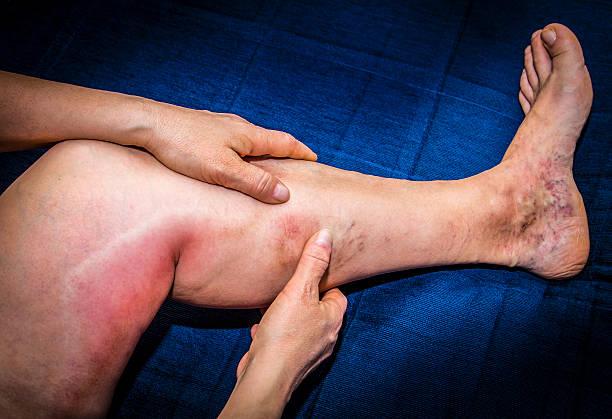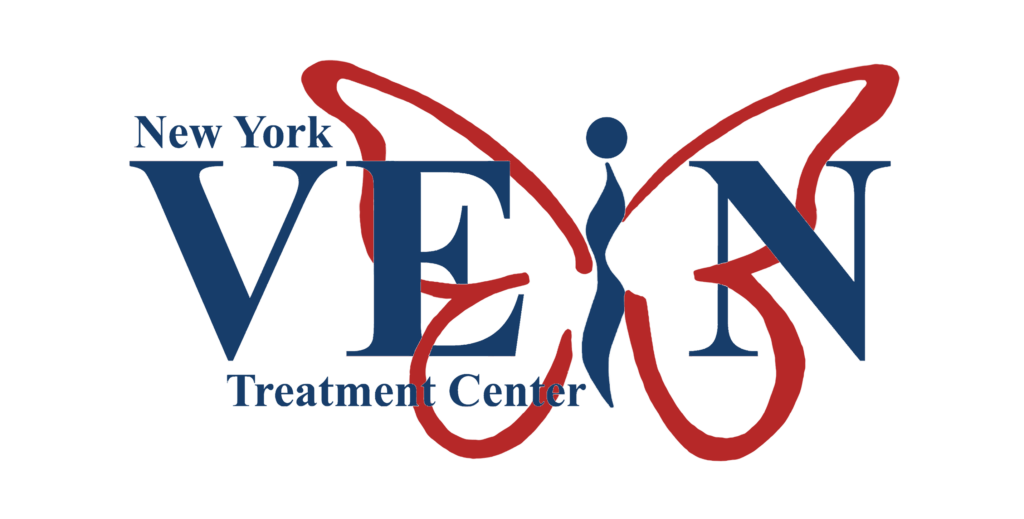Deep vein thrombosis (DVT) is a medical condition that occurs when a blood clot forms in the deep veins of the body, typically in the legs. While treatment for DVT is widely available, many people wonder whether or not a DVT clot can go without treatment.
At the New York Vein Treatment Center, we specialize in the diagnosis and treatment of DVT and are committed to helping our patients get the care they need to manage this condition.
In this blog post, we’ll explore whether or not a DVT clot can go without treatment, the potential risks of leaving it untreated, and the importance of seeking medical attention at a deep vein thrombosis treatment center.
What are the signs and symptoms of DVT?
If you think you might have DVT, it’s important to recognize these signs and symptoms.
Swelling
DVT can cause swelling in the leg where the blood clot has formed. The swelling may be mild at first, but it can become more noticeable over time.
Pain or Tenderness
You may experience pain or tenderness in the affected leg, especially when standing or walking. Some also describe the pain as a cramp or a dull ache.
Warmth and Redness
The skin over the affected area may feel warm to the touch and appear red or discolored. This is due to the increased blood flow and inflammation in the affected area.
Difficulty Walking
DVT can make it difficult to walk or put weight on the affected leg. You may also experience a feeling of heaviness or weakness in the leg.
Shortness of Breath
In some cases, DVT can lead to a pulmonary embolism (PE), which can be life-threatening. A PE can cause shortness of breath, chest pain, and rapid heartbeat.
Can a DVT clot go without treatment?
While it’s possible for a DVT clot to go without treatment, it’s not recommended.
Though the clot may dissolve on its own in some cases, this is not guaranteed and can take several weeks or even months. The longer the blood clot remains in the vein, the higher the risk of complications.
Early diagnosis and treatment can help prevent these potentially life-threatening complications and improve your overall health and well-being.
Thus, seeking medical attention at a deep vein thrombosis treatment center is crucial if you suspect you have DVT.
What are the potential complications of untreated DVT?
If left untreated, DVT can lead to a number of potentially life-threatening complications.
Pulmonary Embolism
One of the most severe complications of untreated DVT is a pulmonary embolism, which occurs when a blood clot breaks loose from the vein and travels to the lungs. A PE can cause serious breathing difficulties and even death if not treated immediately.
Chronic Venous Insufficiency
Untreated DVT can also lead to chronic venous insufficiency (CVI), which occurs when the valves in the veins are damaged or destroyed, causing blood to pool in the affected limb. CVI can cause swelling, pain, and skin changes and may require long-term treatment.
Post-Thrombotic Syndrome
Another potential complication of untreated DVT is post-thrombotic syndrome (PTS), a long-term condition that can cause pain, swelling, and skin changes in the affected limb. PTS can make walking or performing everyday activities difficult and significantly impact a person’s quality of life.
Increased Risk of Blood Clots
Additionally, untreated DVT can increase a person’s risk of developing another blood clot in the future. This can lead to a cycle of recurrent DVT and its associated complications, which can be difficult to manage and may require ongoing medical care.
How is DVT treated?
The treatment for DVT depends on the severity of the condition. Working alongside a deep vein thrombosis treatment center is essential to creating a treatment plan tailored to your individual needs.
Here are some of the methods commonly used in the treatment of DVT.
Blood Thinners
Blood thinners, or anticoagulants, are the most common treatment for DVT. They help to prevent blood clots from forming or getting bigger and are typically given as injections or oral medications.
Thrombolytic Therapy
Thrombolytic therapy is a treatment that involves the use of medication to dissolve blood clots. This treatment is typically reserved for people with severe DVT who are at high risk of complications.
Compression Stockings
Compression stockings are tight-fitting socks or stockings that help to improve blood flow and reduce the risk of swelling and pain. They are typically worn for several months or until your doctor determines they are no longer necessary.
Surgical Procedures
In rare cases, surgery may be needed to remove the blood clot, typically when the clot is large or causing severe symptoms. Surgery for DVT is usually done under general anesthesia and involves making a small incision in the leg to remove the clot.
Don’t Wait Until It’s Too Late – Consult a Deep Vein Thrombosis Treatment Center Today
Our New York Vein Treatment Center specialists can evaluate your condition and provide the appropriate treatment to prevent further complications. As with any medical condition, early intervention and proactive care are key to achieving the best possible outcome.
Schedule a consultation with our deep vein thrombosis treatment center today.

Dr. Lev Mark Khitin, a leading cardiovascular and thoracic surgeon, is the founder of the New York Vein Treatment Center. With almost 20 years of experience and over 20,000 successful vein procedures, he is a renowned expert in the diagnosis and treatment of venous disease. Dr. Khitin’s patient-centered approach and advanced surgical skills have consistently delivered excellent results, making him a prominent figure in the field.


